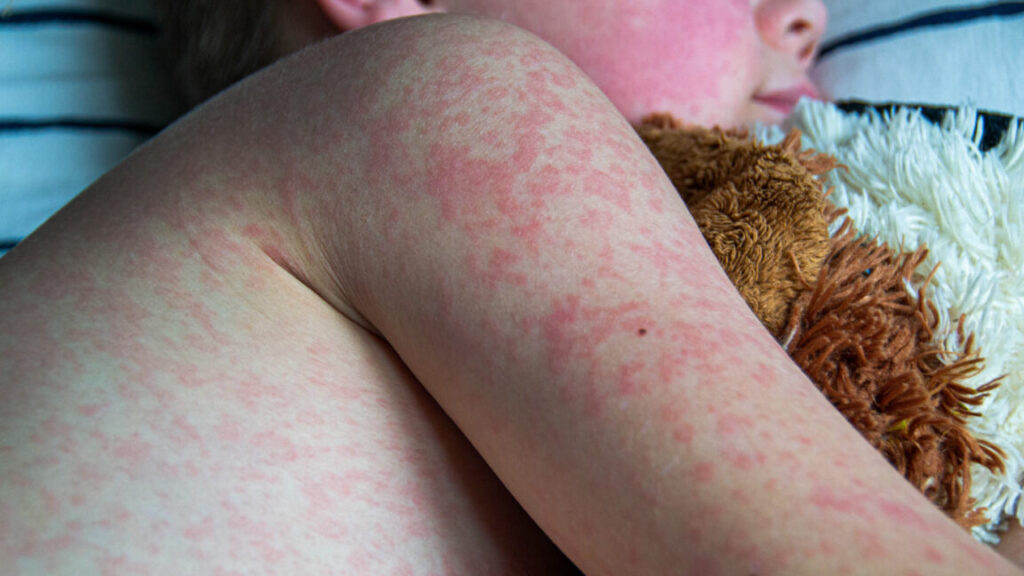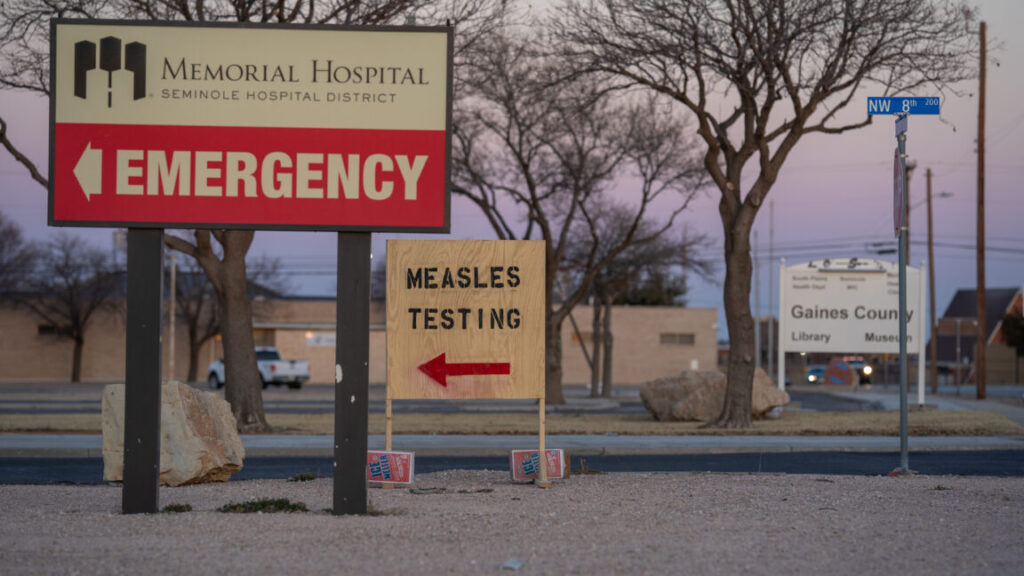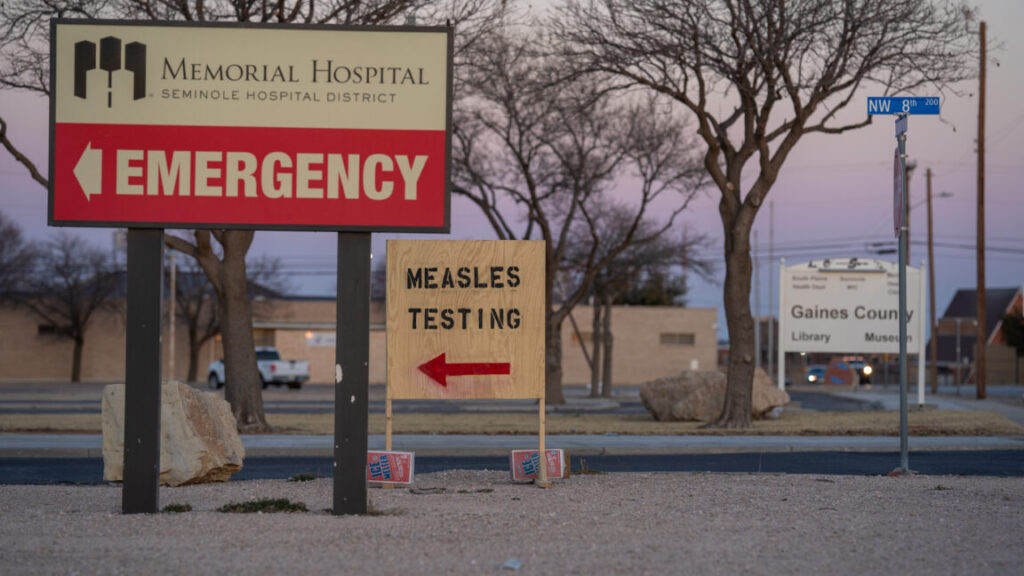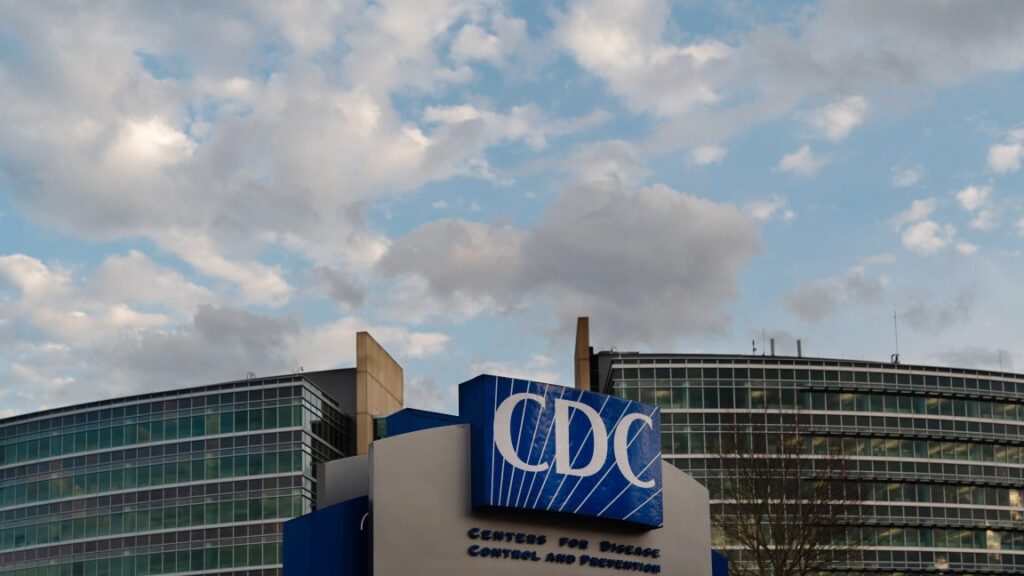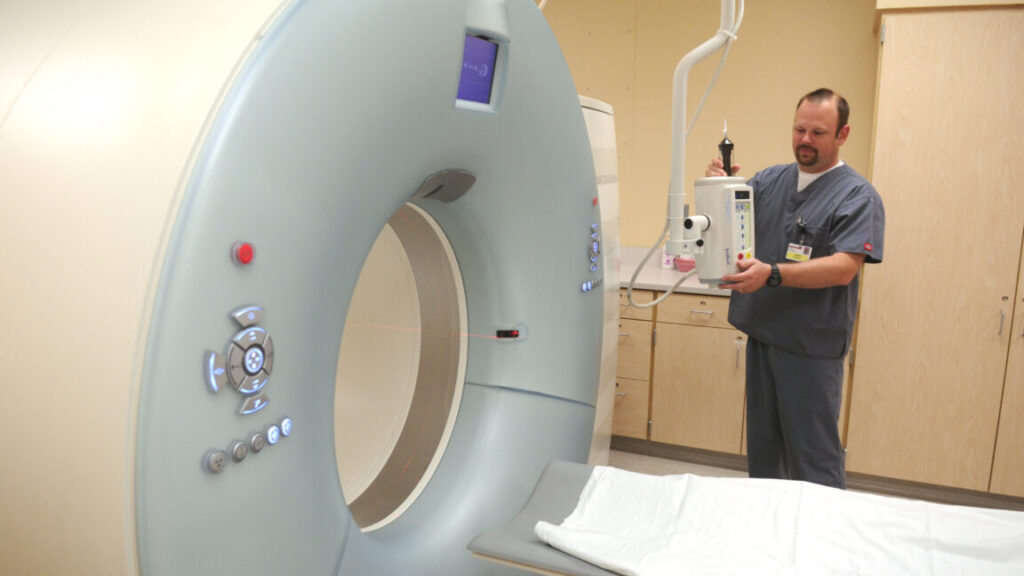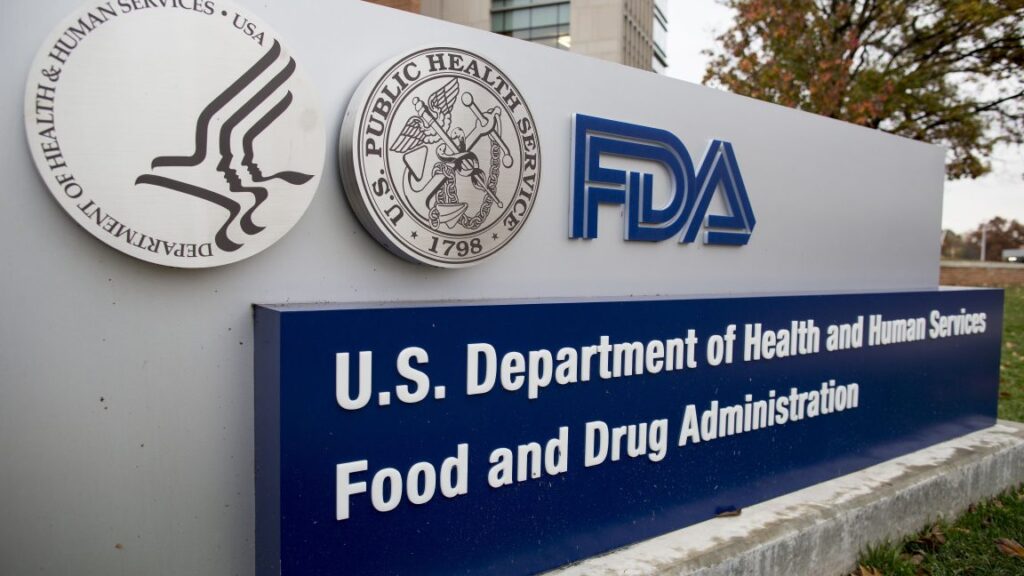With over 900 US measles cases so far this year, things are looking bleak
As of Friday, April 25, the US has confirmed over 900 measles cases since the start of the year. The cases are across 29 states, but most are in or near Texas, where a massive outbreak continues to mushroom in close-knit, undervaccinated communities.
On April 24, the Centers for Disease Control and Prevention had tallied 884 cases across the country. Today, the Texas health department updated its outbreak total, adding 22 cases to its last count from Tuesday. That brings the national total to at least 906 confirmed cases. Most of the cases are in unvaccinated children and teens.
Overall, Texas has identified 664 cases since late January. Of those, 64 patients have been hospitalized, and two unvaccinated school-aged children with no underlying medical conditions have died of the disease. An unvaccinated adult in New Mexico also died from the infection, bringing this year’s measles death toll to three.
The cases and deaths are breaking records. In the past 30 years, the only year with more measles cases than the current tally was 2019, which saw 1,274 cases. Most of those cases were linked to large, extended outbreaks in New York City that took 11 months to quell. The US was just weeks away from losing its elimination status, an achievement earned in 2000 when the country first went 12 months without continuous transmission.
Since 2019, vaccination coverage of the measles, mumps, and rubella (MMR) vaccine among US kindergartners has only fallen. National rates fell from 95 percent in 2019—the threshold considered necessary to keep measles from spreading—to 92.7 percent in the 2023–24 school year, the most recent year for which there’s data.
On the brink
In 2019, amid the record annual case tally, cases had only reached a total of 704 by April 26. With this year’s tally already over 900, the country is on track to record a new high. Before 2019, the next highest case total for measles was in 1994. That year, the country saw 899 cases, which 2025 has already surpassed.
With over 900 US measles cases so far this year, things are looking bleak Read More »
